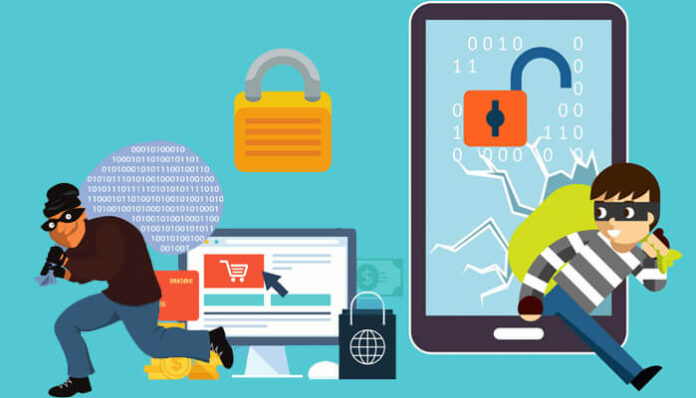If you have received a notification that your website has been the victim of e-commerce fraud, there are several things you can do to stop the attack. First, you should determine what type of fraud you have been victimized by. The most common types of e-commerce fraud include Bricking, Receipt, and Triangulation fraud.
Receipt fraud
Learning how to detect receipt fraud to protect your business’s bottom line would be best. This is a type of ecommerce fraud where thieves use a fraudulent receipt or fake return form to obtain a refund. Fraudulent returns are standard online and in stores. Many retailers cannot prevent them, especially those without payment security or real-time information systems. Some return fraud methods include price switching and open box. Shoppers will purchase a high-priced item from one store, then return it to another for a lower price. Another approach is to buy an item that is damaged or broken, then return it to the first store for a full refund.
Return fraud is also an issue in the fashion industry. It is common to see shoppers return an older, non-working version of the same item.
Bricking fraud
If you are in the biz, you have probably heard of bricking. Bricking is the act of stealing and reselling an electronic device. It’s also the most common e-commerce fraud and a real-world pain to the legitimate customer. Fortunately, you can do a few things to reduce your chances of becoming the next victim. One of the best ways to minimize the risk is to adopt a return policy that is comprehensive enough to provide a seamless experience for both the merchant and their customers. In addition to a robust returns policy, investing in the latest security technologies, such as end-to-end data encryption, is essential. Lastly, retailers should implement sophisticated tracking and monitoring systems. These measures will allow them to keep tabs on their most valuable assets.
Triangulation fraud
Triangulation fraud is a sophisticated eCommerce attack that involves three different entities. It involves a fraudulent seller, an unsuspecting customer, and a legitimate eCommerce site. This type of e-commerce fraud is the latest threat to online commerce. In cnp fraud fraudsters use compromised credit card credentials to purchase goods from a legitimate retailer. This means the merchant is charged twice for every instance. Consumers can dispute unauthorized charges, and the merchant is liable for the losses. The merchant will then have to raise prices to cover the losses. To detect triangulation fraud, you should look for warning signs, such as group transactions with a common theme. These patterns can help determine if a group of fraudsters is infiltrating your website. You can also conduct a comprehensive trend analysis to identify common characteristics.
False positives
When you suspect e-commerce fraud, it is essential to consider the effect of false positives. These can be frustrating for both legitimate shoppers and their brand reputation. It can also reduce revenue. False positives are estimated to cost e-commerce companies billions of dollars every year. Inaccurate risk score calculations cause many false positives. Other reasons for false positives include human error. Also, the e-commerce market has limited internal data on customers. A large pool of device information backs the most effective fraud prevention solutions. Using this information, companies can be exact in their risk assessment. This helps keep the rate of false positives to a minimum. In addition to reducing the number of false declines, implementing intelligent software can help minimize the number of chargebacks. Customers may be more likely to pay if they feel their transactions are secure.
Preventing e-commerce fraud
If you suspect e-commerce fraud is happening, there are a few things you can do to help prevent it. The first thing to do is to identify the type of fraud. You can also check for red flags, such as unusual shipping addresses and multiple declined transactions. Other ways to prevent fraud include limiting purchases and setting dollar values. Fraudsters can use stolen credit card information to make online purchases. It would be best to be careful about providing too much personal data. Online stores should only collect the information they need to complete the transaction. Similarly, if you need help determining whether a purchase is legitimate, you can use a search engine to look up the name or email address of the customer. If you find a public record of that person, you can block the account to prevent further damage.


















